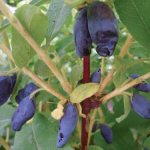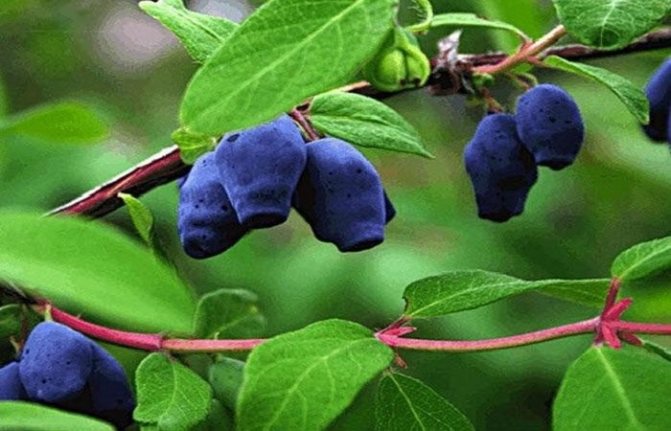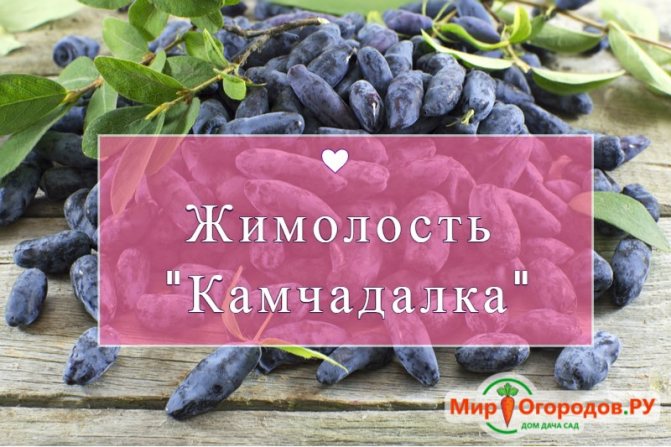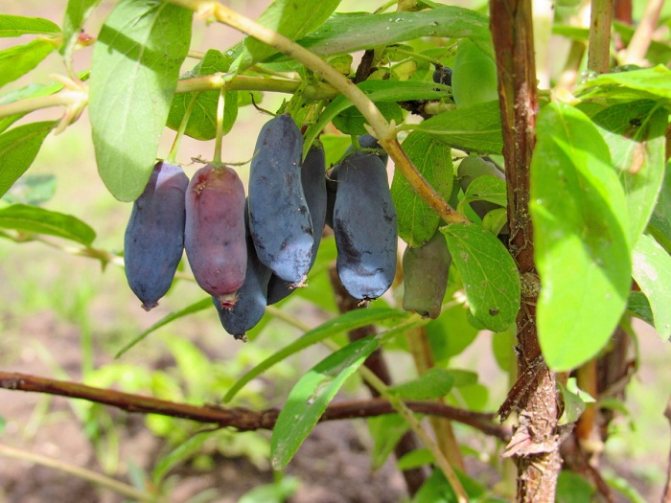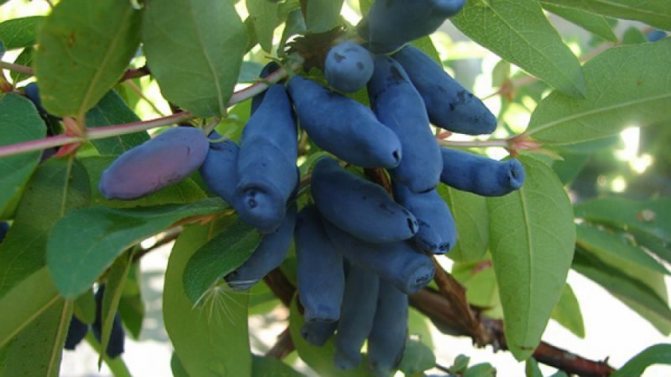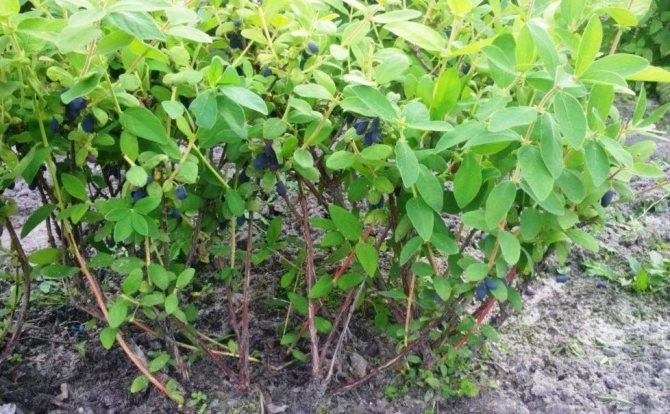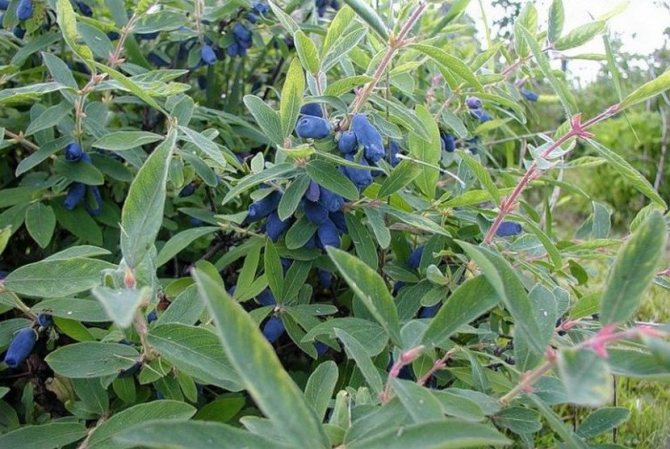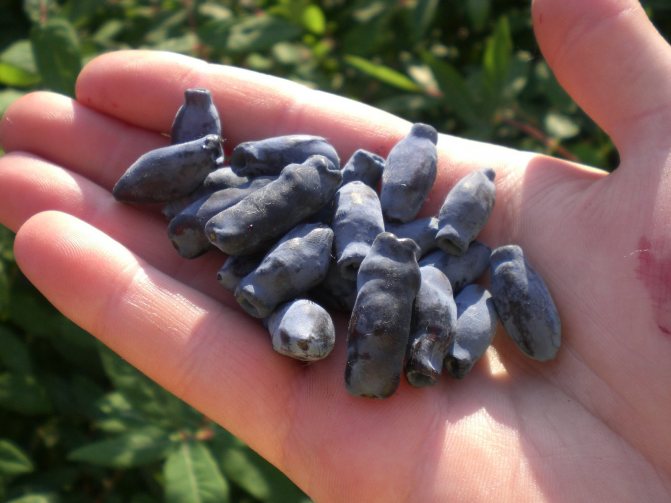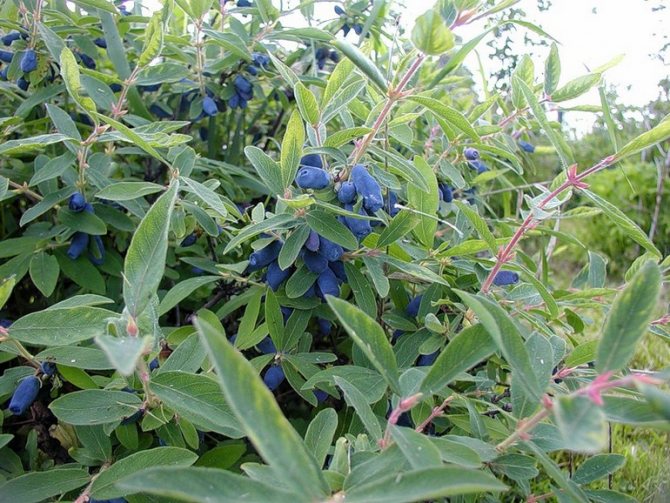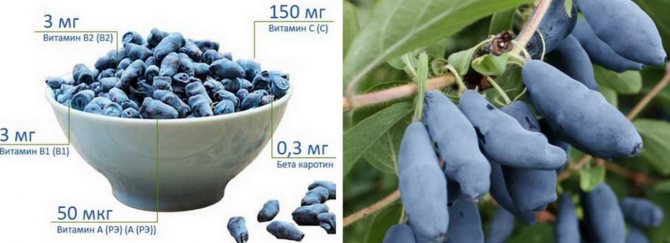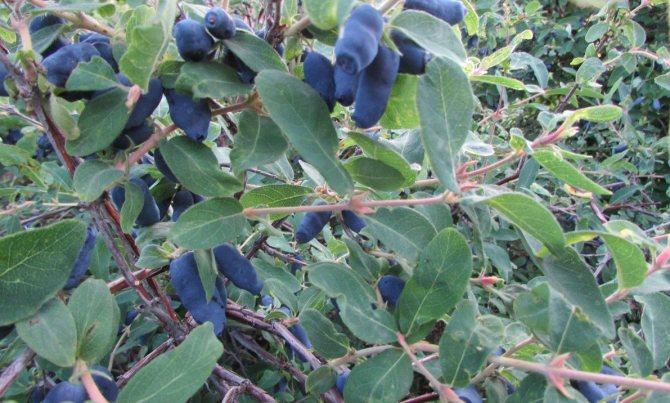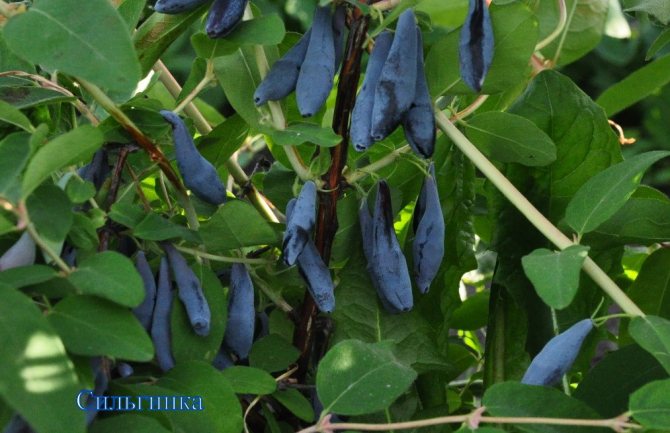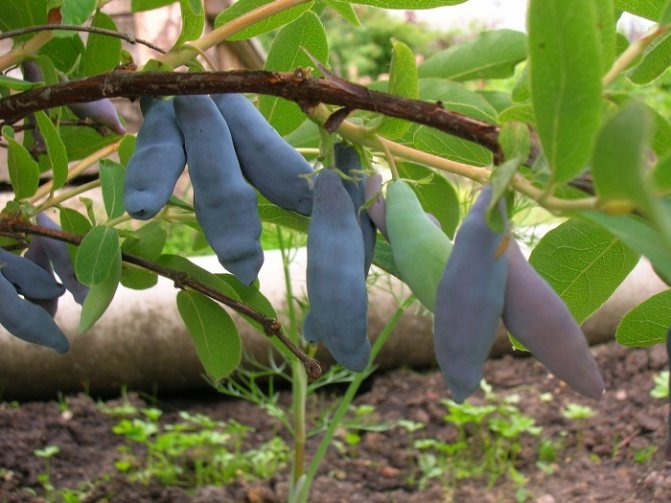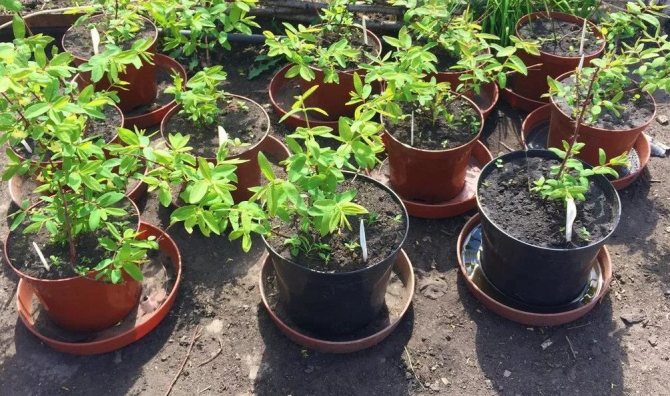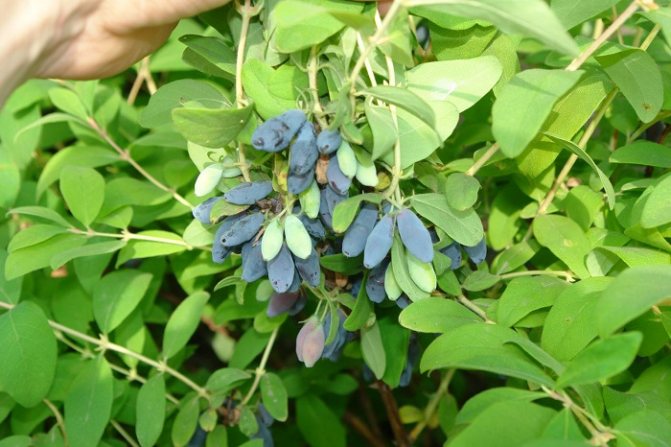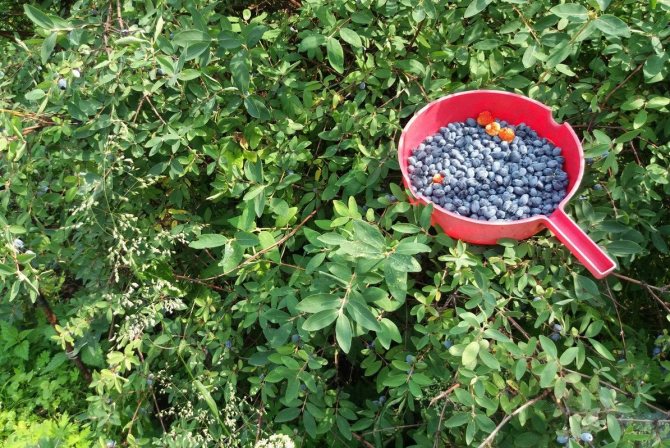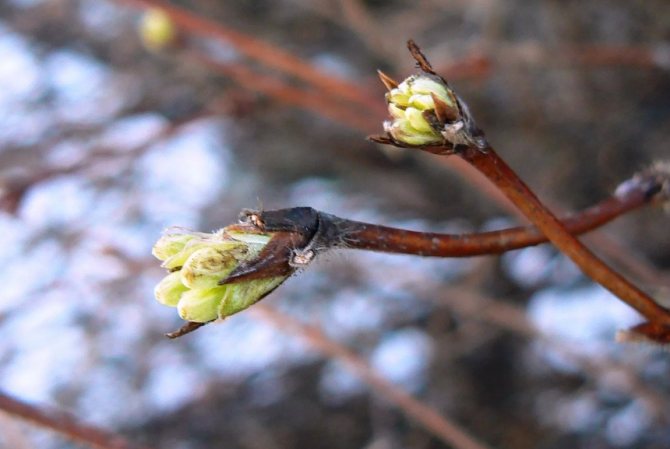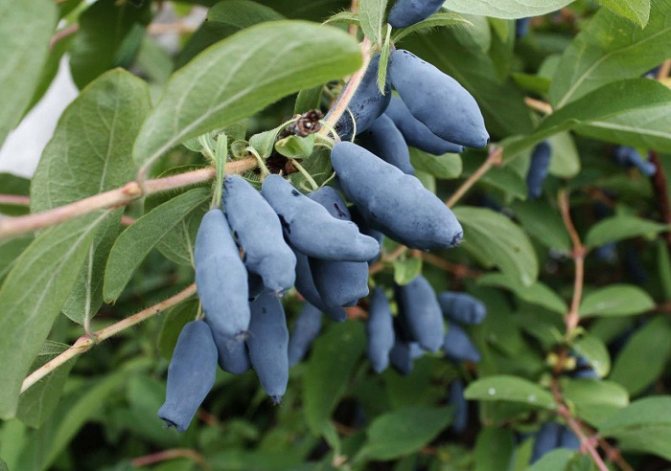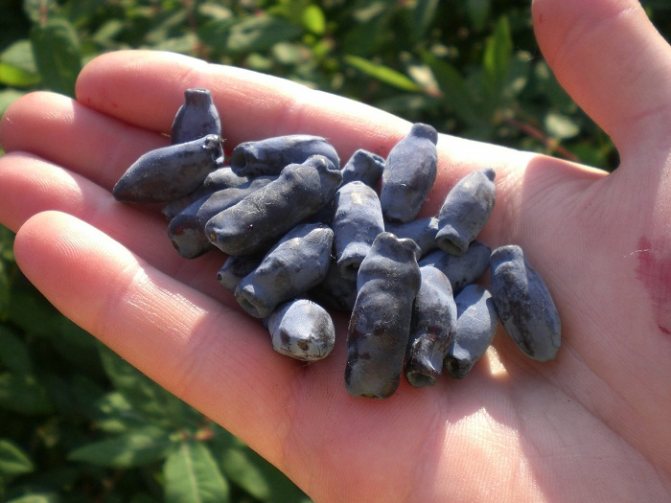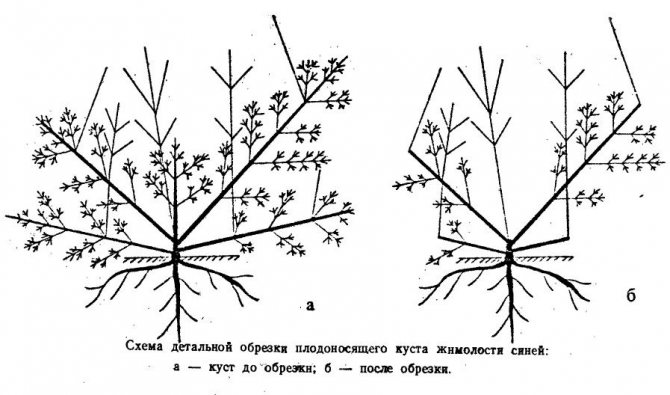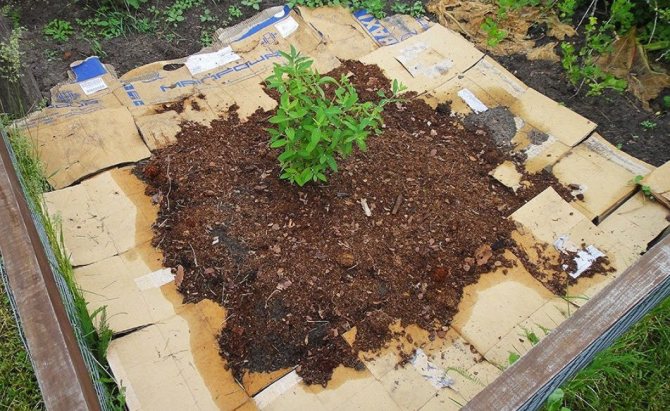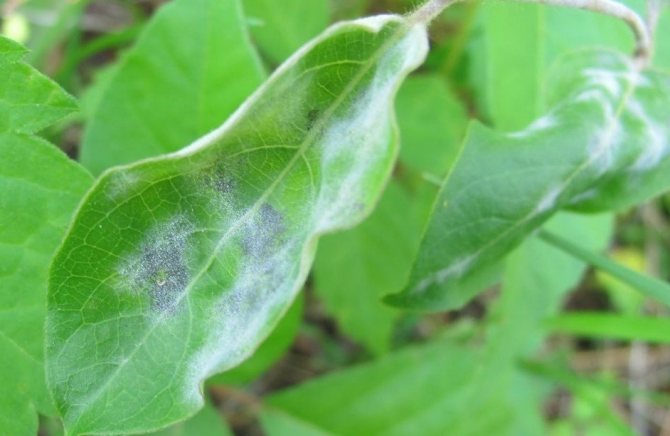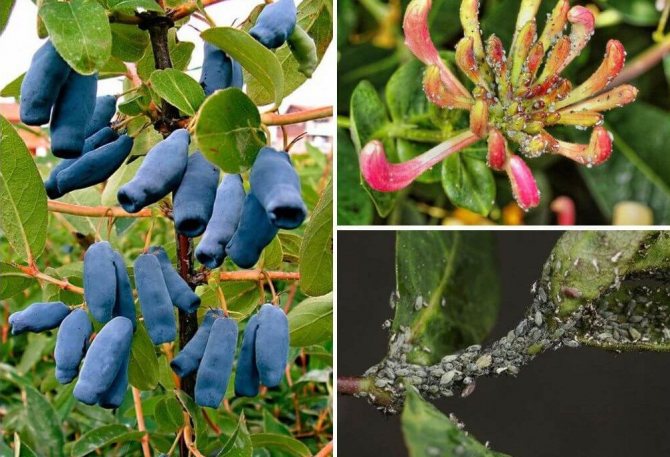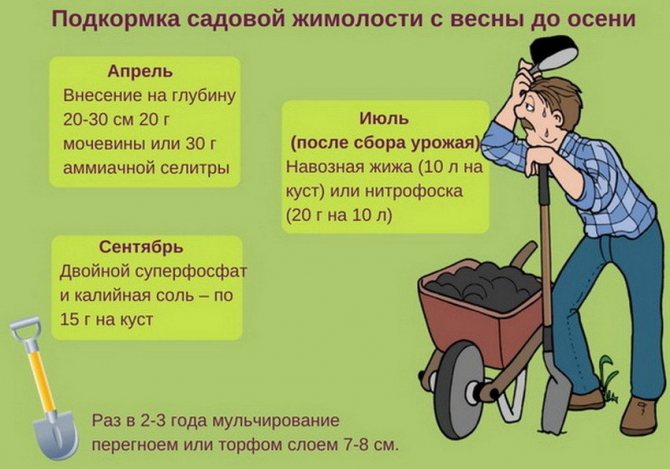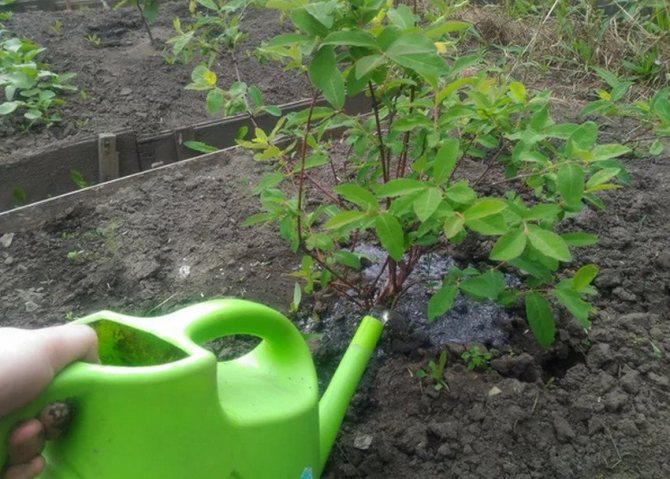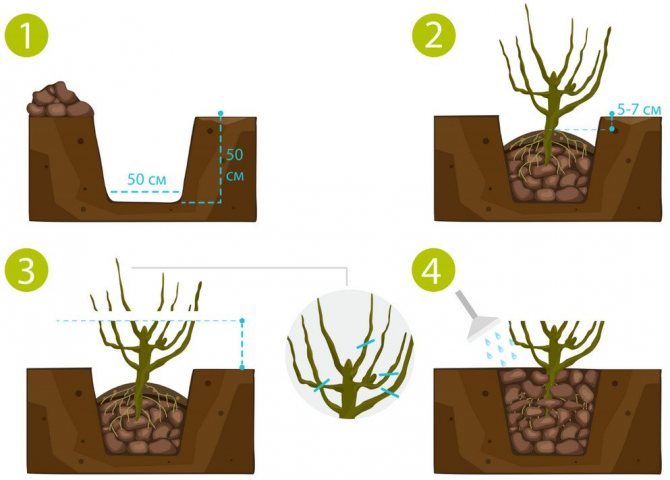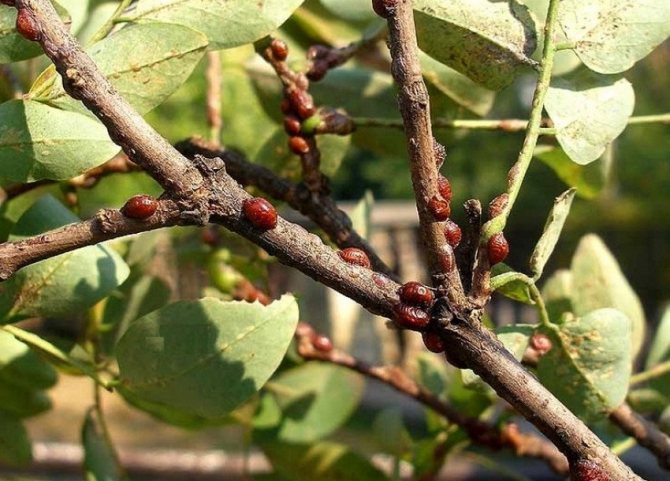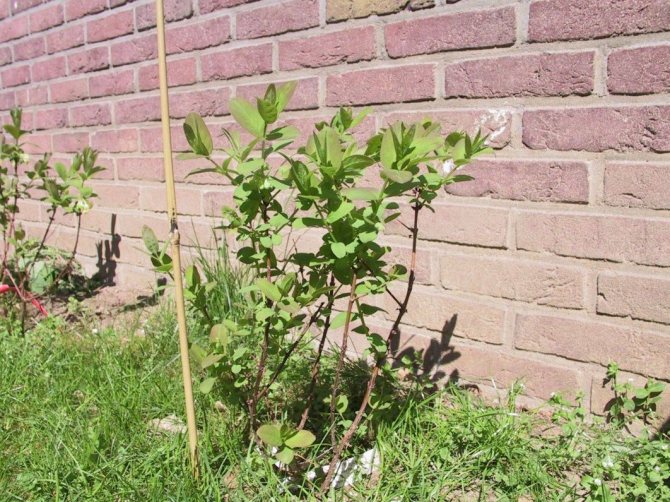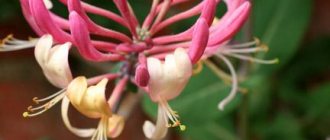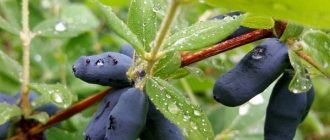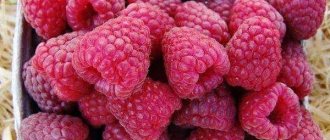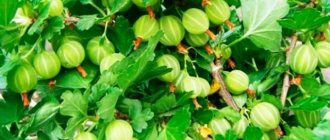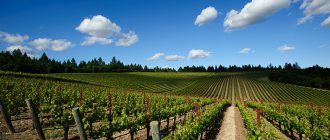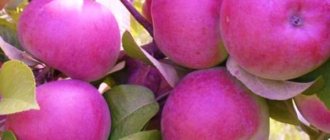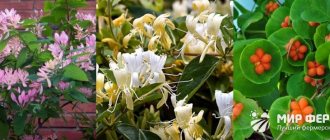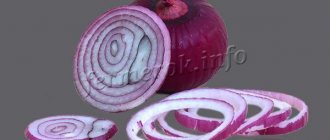Breeding history
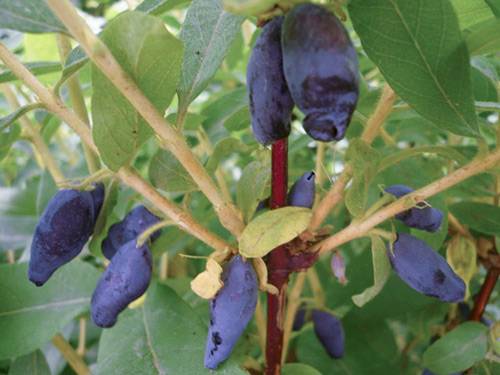
The culture was bred by the employees of the Siberian horticulture at the Bakcharsky strong point. The parent of the variety is the wild Kamchatka honeysuckle. The authors of Kamchadalka are considered to be breeders A.T. Tkacheva and I.K. Gidzyuk. The culture was developed by natural pollination of the wild form of the plant. The variety was sent for testing in 1984, and after 9 years the honeysuckle was zoned in the Russian regions.
Ripening conditions
Honeysuckle Kamchadalka is considered a frost-resistant and drought-resistant plant, but it does not like sharp contrasts in air temperature and bears fruit perfectly in moderate climatic conditions. Therefore, it is recommended to plant Kamchadalka in open sunny places.
According to the State Register, this variety of honeysuckle is best planted in the West Siberian region (Kemerovo region, Omsk region, Novosibirsk region).
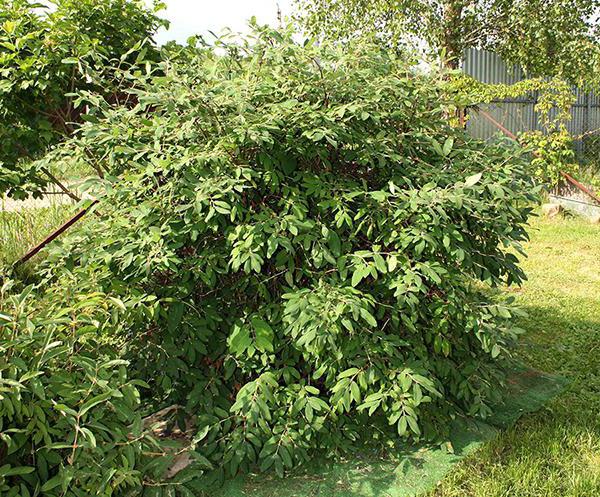

Without prejudice to the harvest, the plant can withstand forty degrees with a minus mark, and with its flowering and ovary, it can safely tolerate a temperature drop to minus eight degrees. (These values are indicated in accordance with the Celsius table).
Honeysuckle Kamchadalka is immune to various diseases and all kinds of pests, so it is very easy and pleasant to grow it.
It should also be mentioned that this plant is self-fertile. How, then, does honeysuckle (variety Kamchadalka) produce? The pollinator (more precisely, pollinators) of this species is the honeysuckle varieties Cinderella, Roxana, Iksa, Blue Spindle, In Memory of Gidzyuk and others. Therefore, we advise you to plant these species side by side so that they, pollinating each other, bring a bountiful and tasty harvest.
Description and characteristics of the variety
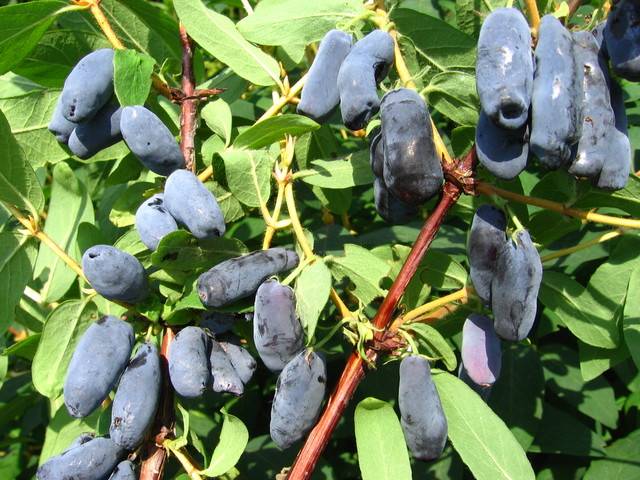

In terms of ripening, the Kamchadalka honeysuckle variety is considered a mid-season crop. The form of the plant is a bush. Active fruiting usually begins 3 or 4 years after the seedling is planted.


The Kamchadalka bush bears large and medium-sized berries. The length of the fruit varies from 2.2 to 2.7 cm. The diameter of the berry reaches 1 cm. The fruits are elongated oval in shape, tapering towards the apex. The skin is smooth, firm, blue in color. The superficial white bloom gives the berry a light blue hue.
Kamchadalka honeysuckle pulp consists of many fibers, but they are not felt when chewing the fruit. The berry tastes sweet and sour with a pronounced forest aroma.
Important! The taste of the Kamchadalka honeysuckle variety varies depending on the region where the culture is grown. According to the tasting assessment of 5 points, the berry is gaining from 3.8 to 4.6. The best taste of the fruit was recorded in the Tomsk region.
The berry contains:
- dry matter - no more than 14.2%;
- acid - from 2.5 to 2.6%;
- sugar - from 5.4 to 7.9%.
Additionally, 100 g of pulp contains 52 mg of vitamin C, as well as up to 40 mg of vitamin B1. Kamchadalka berries are saturated with minerals that help strengthen blood vessels. The fruits are used for medicinal purposes by people with high blood pressure. In folk medicine, honeysuckle is known as a tonic and diuretic.
Kamchadalka inflorescences consist of two small flowers with yellow petals. The flowering time lasts only one day. The Kamchadalka bush is not sprawling of medium height. The dense crown forms a cone shape. The height of an adult bush is about 1.5 m.Young shoots are short and rather powerful, green in color. The leaf shape is an elongated oval. The color of the leaf blade is pale green.
The video provides an overview of the Kamchadalka honeysuckle variety:
Landing
Before planting, you need to prepare the holes. Each one needs to be filled by a third with good rotted humus, add two hundred grams of complex fertilizer, and if the soil is acidic, then you need to neutralize it by adding a glass of dolomite flour or wood ash. After that, fertile land is filled up. If all these recommendations are followed, then for the next three years it will not be necessary to feed the plant, such a pre-planting dressing will be enough for this time.
Silgink's honeysuckle seedling must be prepared for planting. For several hours, it is necessary to place the roots in water so that they are fully nourished. After that, it is recommended to treat them with a root former, this will allow the seedling to take root faster, to grow.
Place the seedling in the hole so that the collar of the root remains on the surface. Spread the roots evenly, sprinkle with earth. After that, you need to press the soil around the trunk, tamp it a little. Water abundantly, adding ten liters of water under each bush.
Pollinators
Cultural honeysuckle turned out to be self-fertile. In order for the bush to give birth, pollinators of other varieties are planted nearby. Great for:
- Parabel;
- Cinderella;
- In memory of Gidzyuk;
- X.
A good pollinator variety Roxana, as well as Tomichka. From the gardeners' reviews, good fruiting of Kamchadalka is observed if the Blue Spindle honeysuckle bush grows nearby.
Important! Breeders use Kamchadalka honeysuckle to develop other new varieties.
Benefits of using in horticulture
Honeysuckle Kamchadalka (a description of the variety of which will be given below) has great advantages for using it in suburban areas. First of all, these are:
- Abundant harvest of delicious aromatic berries.
- Product rich in vitamins and other useful substances.
- Effective decoration of the backyard landscape.
If you are interested in the design of a roadside site opposite a house or summer cottage, then the following photos are just for you.
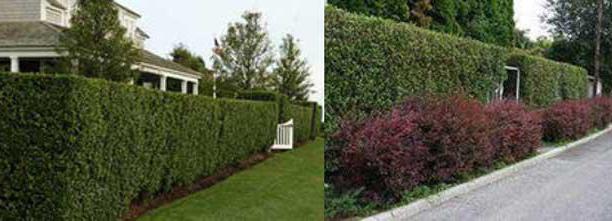

As you can see, in order for honeysuckle to harmoniously and effectively fit into the backyard interior, you should arrange the hedge in accordance with your wishes, not forgetting to carefully and scrupulously care for the plants.
Features of fruiting
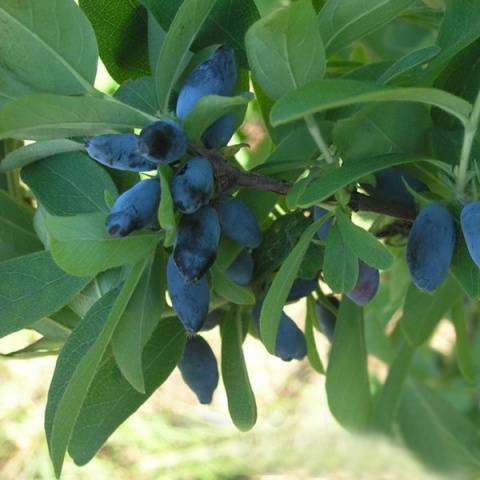

Ripening of Kamchadalka berries begins in the third decade of June. The yield from one adult bush does not exceed 1.2–1.8 kg. Occasionally, a well-developed bush can bear up to 3.5 kg of fruit. The harvest of Kamchadalka lends itself to long-term storage. By design, the berries are universal. The fruits are eaten fresh, jam, wine, juice are prepared, and frozen.
A feature of the fruiting of the Kamchadalka variety is the uneven ripening of the berries. Harvesting has to be done 2-3 times. Productivity does not depend on weather conditions. The bush will consistently disfigure in cold, hot and rainy summers.
Problems with growing the Kamchadalka variety are observed only among residents of the southern regions. The warm climate creates favorable conditions for repeated autumn flowering. Berries often have time to ripen before the onset of cold weather, but the quality of bud formation for the next season is greatly deteriorating. The second problem is the winter thaws in the southern regions. Kamchadalka quickly reacts to the appearance of heat by awakening the buds. The severe frosts that hit in a couple of days supercool the laid fruit buds, and the bush in the summer may not be ugly at all.
Advice! The parent of Kamchadalka is adapted to low temperatures, not replaced by thaws, so this hybrid is best grown in the northern regions.
Yield
According to some reports, the yield of Kamchadalka reaches 3.5 kg per bush, although the average rate ranges from 1.2 to 1.8 kg per bush.
Honeysuckle Kamchadalka is considered to be representatives of the middle (and even late) ripening period. Therefore, do not expect ripe fruit to appear early in the season.
Read also: Apple tree ligol: description of the variety with photo and video
You should also not hope for the early fruiting of Kamchadalka immediately after planting. The appearance of a good harvest is possible only three to four years after planting.
Pros and cons
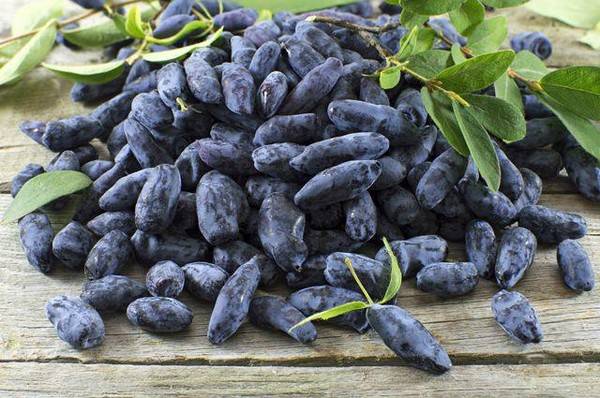

The Kamchadalka honeysuckle variety, on the positive side, is appreciated more by residents of cold regions as an unpretentious and disease-resistant plant that brings delicious berries.
The following points are distinguished from the advantages of Kamchadalka:
- frost resistance;
- large fruits that do not crumble from the bush in a mature state;
- decorative effect of the bush;
- ripe berries do not fade, remaining juicy and fresh.
The disadvantage of the Kamchadalka variety is the average yield, uneven ripening of berries. Fruits come off badly from the stalks. Pollination in inclement weather is of poor quality, due to which the yield decreases. In the reviews, there are tips from gardeners, which talk about the need to plant the X honeysuckle bush almost end-to-end with Kamchadalka.
Landing site preparation
This variety, however, like all the others, is undemanding to the condition of the soil, it can be loam or sandy soil. The main criterion is the presence of good illumination, protection from the winds. The more sun falls on the bush, the better the taste of the berries, the higher the yield.
When preparing holes for planting, consider the distance between them. Bushes should be at a distance of one and a half meters from each other. The depth of each pit should be between fifty and sixty centimeters.
Growing secrets
Growing honeysuckle on your site is no more difficult than currants, but there are features and they must be taken into account.
Landing dates
You can plant honeysuckle seedlings in spring and autumn. However, early budding is typical for Kamchadalka. The optimal planting time is still autumn, when the plant is in the calm stage. In the south, Kamchadalka planting begins in the third decade of September and ends in October. Gardeners of the northern regions individually determine the timing. It is optimal to plant a Kamchadalka seedling 2-3 weeks before the onset of frost.
Site and soil selection
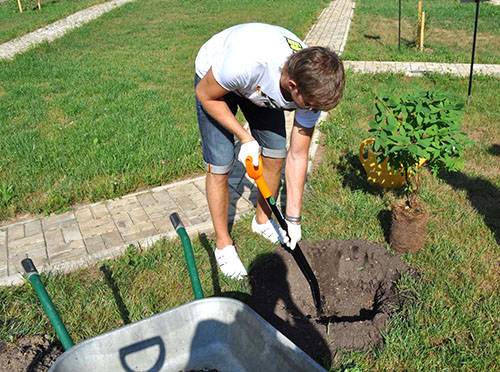

The Kamchadalka variety does not tolerate temperature fluctuations well. Honeysuckle is best grown in a temperate climate. The bushes are planted in a bright area, where the sun's rays fall during the day. It is advisable to make protection from the wind by planting a plant near a fence or surrounding it with other berry bushes.
An elevation with dry soil is not suitable for Kamchadalka. The bush may not bloom, but will constantly grow side shoots and foliage. Lowlands are optimal for the Kamchadalka variety, but the height of the groundwater should not exceed 1 m from the earth's surface.
Important! Kamchadalka loves fertile black soil and does not tolerate sandstones.
The optimal indicator of soil acidity is from 5.5 to 6.5. If the soil is strongly acidic, 200 g of chalk or lime per 1 m2 of plot are applied 30 days before planting the seedling.
Planting a bush
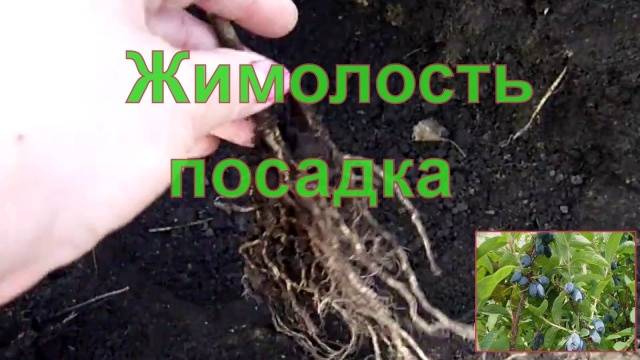

Planting of Kamchadalka honeysuckle seedlings is performed in the following order:
- The hole is dug at least 5 days before the planting of the seedling. Since one bush cannot bear fruit, at least three honeysuckles are located nearby. A span of 2 m is made between the holes for each seedling.The depth and width of each hole is 40 cm.
- The bottom of the holes is covered with a drainage layer of fine stone or broken brick.
- Part of the hole is covered with black soil mixed with an equal amount of compost. About 1 kg of wood ash is added to the mixture. From mineral fertilizers, 50 g of superphosphate are mixed.If the soil is sandy, then the holes are dug larger in order to fit a mixture of two buckets of black soil and three buckets of compost. For 1 m2 of the plot, even during digging, 5 kg of clay can be added.
- The hole filled with the mixture is poured abundantly with water.
- Before planting honeysuckle, a hill is formed from the soil at the bottom of the hole. The seedling is carefully placed on a hill, the root system is spread along the slopes, and covered with loose soil. The root collar cannot be buried. After backfilling, the honeysuckle seedling is watered with water at room temperature. When the soil settles down, do top-up, one more watering and backfill with mulch.
Immediately after planting, the Kamchadalka honeysuckle seedling is not cut off. The shrub can stagnate in growth and discard inflorescences. Only damaged shoots can be removed.
Reviews of honeysuckle Kamchadalka
★★★★★
Vera, 67 years old, librarian, Moscow. I have a dacha in the suburbs. I decided 5 years ago to plant Kamchadalka honeysuckle on the site. I read many descriptions of the variety, almost everywhere it was said that the bush does not bring a large amount of harvest, and even the berries are small. To my surprise, it was not like that for me.
The berries are large and very tasty. And the yield is not bad, I collect about 1.8 kg from one plant. Maybe the whole point is that I planted three varieties of pollinator next to Kamchadalka honeysuckle.
★★★★★
Valentina, 34 years old, teacher, Novosibirsk. I live in the Siberian Territory, I chose a shrub specifically so that it could quickly take root in such a climate, and even did not die in winter. Kamchadalka's honeysuckle did not disappoint me, the bush has been growing for 6 years, calmly withstands sub-zero temperatures. Delicious and juicy fruits.
★★★★★
Oleg, 55 years old, physicist, Omsk. I planted 5 honeysuckle bushes of this variety at my dacha. Of these, only 3 bushes survived. I don’t know what the plant didn’t like, and I planted it according to all the rules, and looked after it well. True, from the very beginning, the seedlings that died were not very strong, maybe that's the whole point. I also noticed that the yield drops sharply, and the taste deteriorates with temperature changes.
Hide
Add your review
Honeysuckle Kamchadalka is an excellent variety for growing in the garden or in the country. The bush will bring a bountiful harvest only if the rules of cultivation and care are observed. Gardeners of the southern regions can choose a different variety of culture, since this Siberian beauty in an unusual region for her may not meet all the expectations of its owner.
0
Care
You can get a good harvest of honeysuckle only by providing the shrub with proper care.
Watering
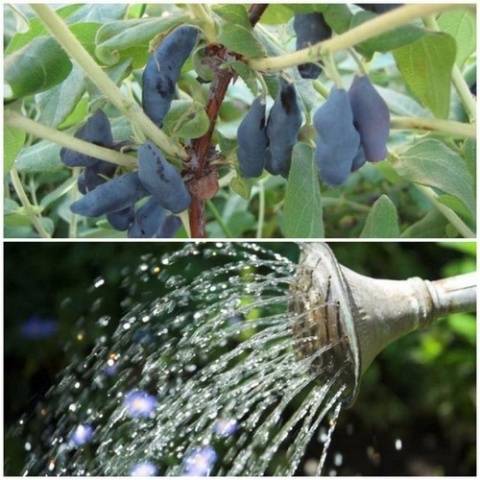

The first-year Kamchadalka honeysuckle seedling is watered regularly as the soil dries. The bush should take root well. Adult honeysuckle is watered a maximum of three times a month. The only exception can be drought.
Important! Watering the honeysuckle is carried out after sunset.
Top dressing
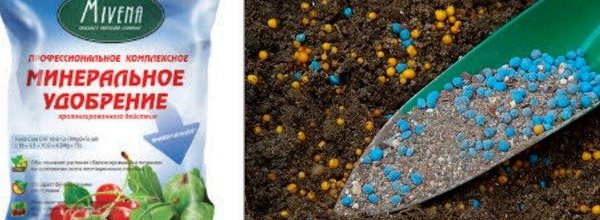

Honeysuckle has enough organic matter for good development and fruiting. In the spring, the bush is fed by adding 1 bucket of humus. In autumn, 150 g of wood ash are introduced. From mineral dressings, nitrogen-containing preparations are used in early spring. When the snow melts, the honeysuckle is watered with 1 bucket of water, where 1 tbsp is dissolved. l. urea. Before the beginning of flowering, foliar feeding with the preparation Solution or Aquarin is useful.
Pruning
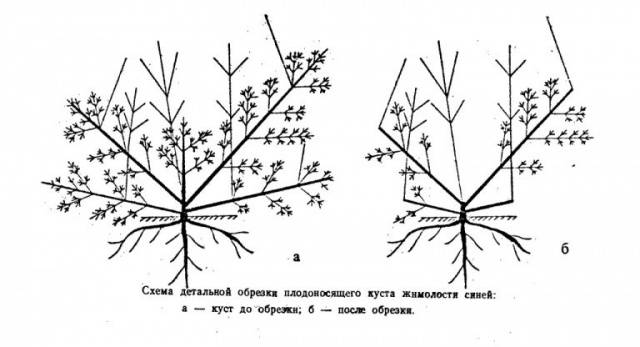

Cut off the honeysuckle bushes in the fall after the foliage is completely reset. Adult plants are subject to pruning, starting from the sixth year of life. The first step is to remove all root shoots. Thick shoots with numerous flower buds are left on the bush. Only thin, damaged and elongated branches are cut. A second pruning may be needed in the summer if diseased shoots appear with darkened foliage and dry flowers.
Protection against diseases and pests
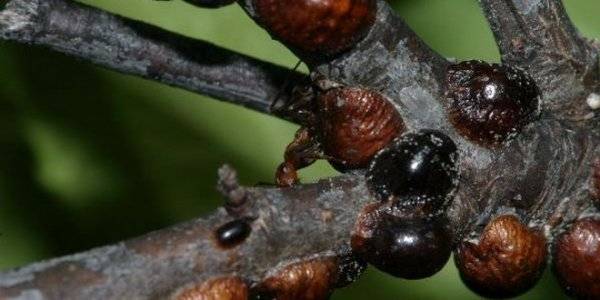

Frost-resistant honeysuckle Kamchadalka is resistant to diseases.The main pests are aphids, as well as the honeysuckle fly. Spraying with insecticide helps to fight harmful insects. Rarely, the foliage is affected by a fungal infection, as evidenced by dark specks on the foliage. A fungicide will come to the rescue, only you need to choose a drug that will have time to neutralize before the start of harvesting.
The blue honeysuckle berries often attract birds. Protect the crop from feathered guests with nets. The bush is covered as soon as the fruits begin to turn blue.
Reproduction
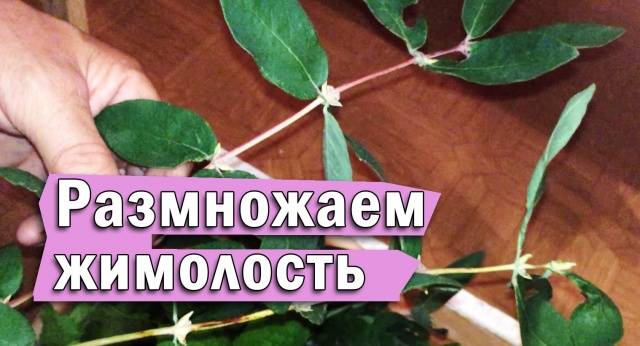

Honeysuckle is propagated by seedlings. During the purchase, it is optimal to give preference to the bushes of the second year of life. Such a honeysuckle seedling can be identified by the crown height of 30–40 cm and the presence of 2–3 branches.
The branches of a healthy seedling are flexible. Shoots should not be dried, but the bark may peel off. This is normal. For honeysuckle, peeling of the bark is considered a feature of the plant. Live buds must be present on the branches. A good honeysuckle seedling always has a developed root system.
Important! Honeysuckle will bear fruit only when planted on a plot of 2-3 different varieties.
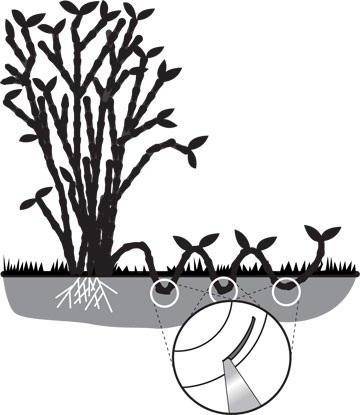

Gardeners independently propagate honeysuckle by layering if adult bushes are already growing on the site. It is enough to sprinkle a part of the twig with moist soil and make an incision in the bark. When the cuttings take root, it is cut off from the mother bush, and a new seedling is obtained.
Reproduction
Tomichka's honeysuckle reproduces in different ways, but simple methods are most suitable for amateur gardeners:
Cutting from them is the most difficult way. Both green and semi-lignified shoots are rooted. For successful root formation, the plant is placed in a greenhouse, and the sections are preliminarily treated with growth hormones. With proper care, young seedlings can be obtained by the end of the season. However, the survival rate is very low; you should not count on a large number of rooted cuttings.
The division of the bush and the withdrawal method are the simplest methods of reproduction. It is better to do this at the end of the growing season, it is worth breaking the shoots of the current year and pinning them to the ground, after which it is good to fill them with soil.
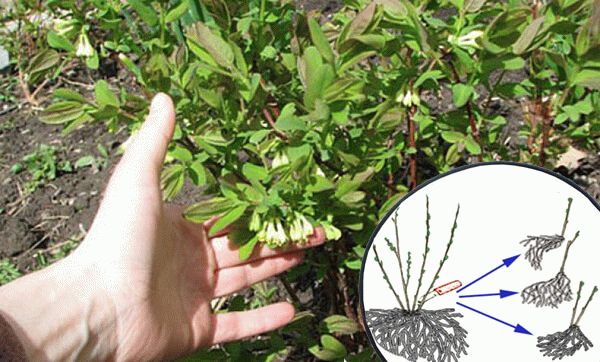

Dividing a bush allows you to get a lot of seedlings in a short period of time
It is better to resort to division in early spring, while the shrub has not yet woken up and started to grow. There is no need to dig it up completely, it is enough to select several well-developed branches, dig in them and take them out together with the root. Immediately plant the honeysuckle in a new place.

